Drought-tolerant plants that will look great in your garden!
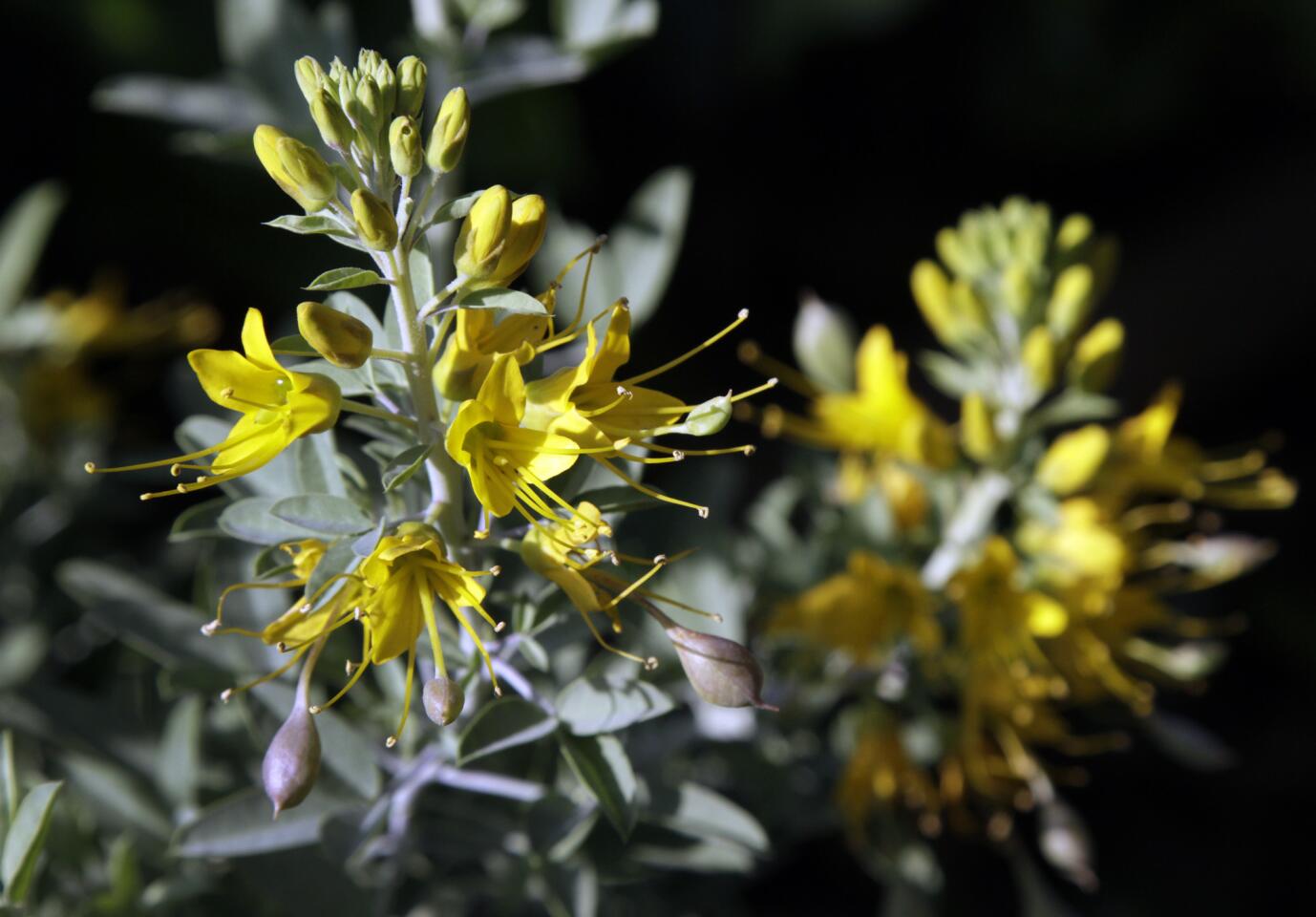
Flowering Bladder Pod. (Lawrence K. Ho / Los Angeles Times)
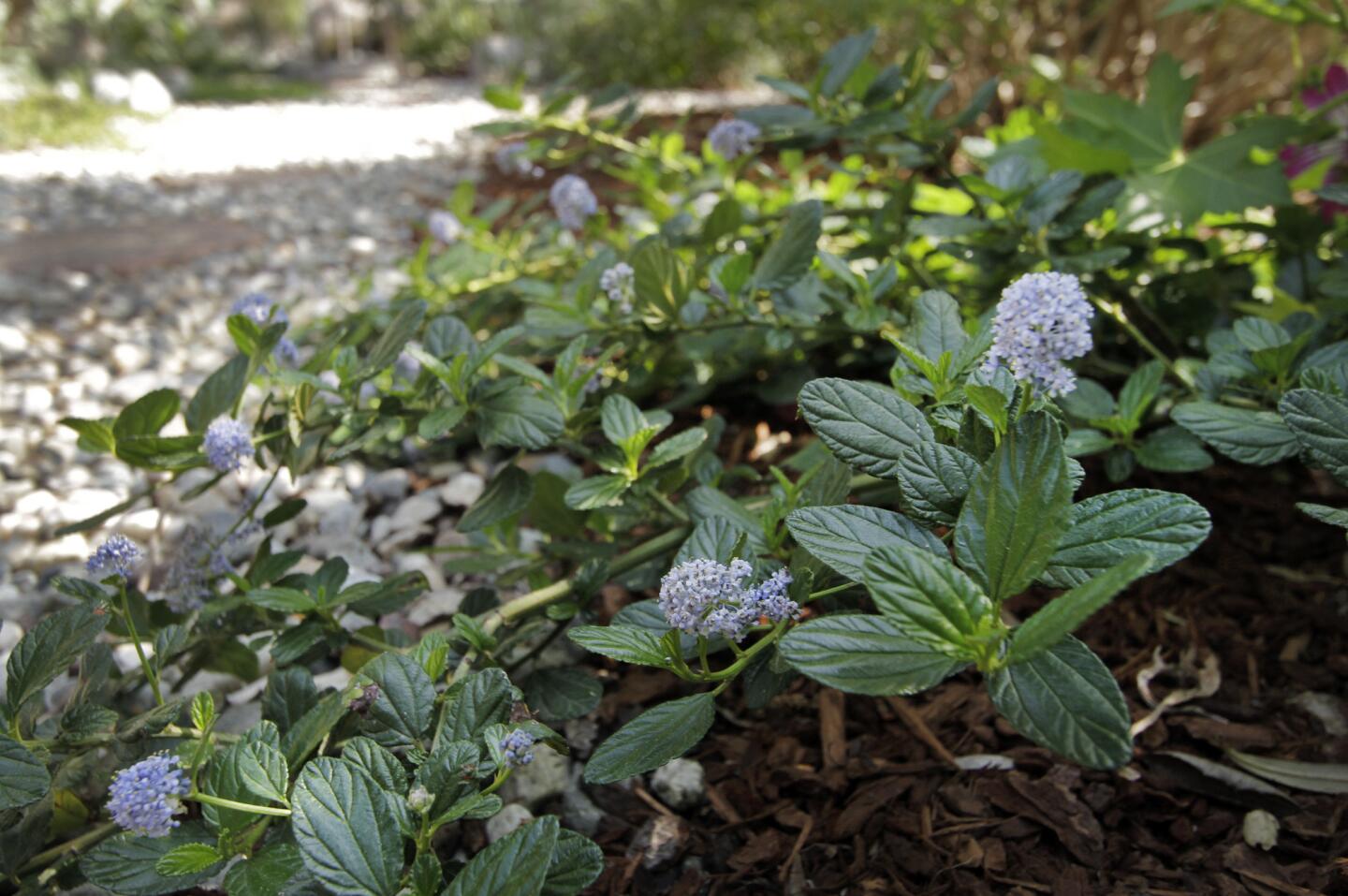
Ceanothus “Yankee Point” line a walking path. (Lawrence K. Ho / Los Angeles Times)
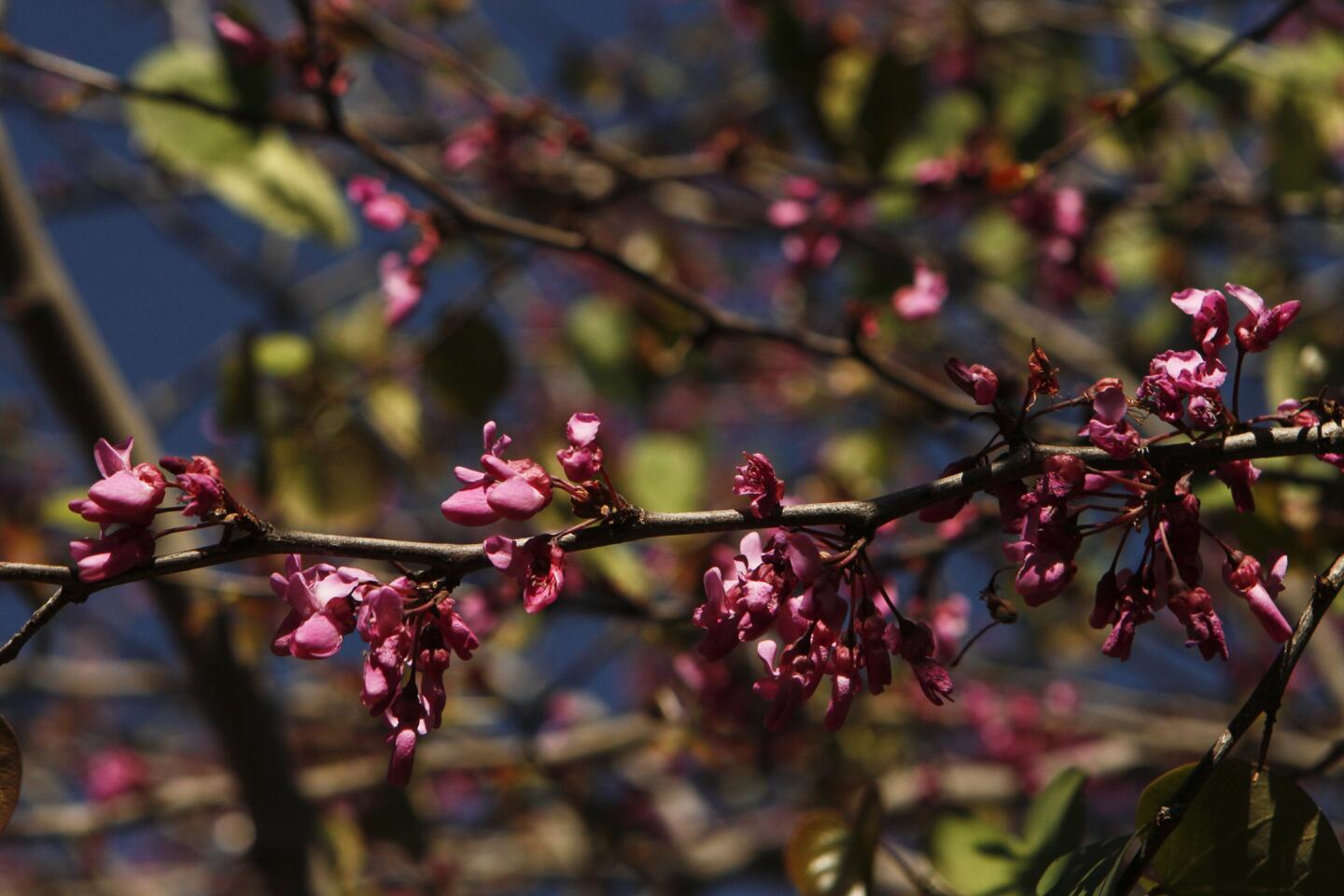
A Western Redbud tree grows in La Canada Flintridge. (Anne Cusack / Los Angeles Times)
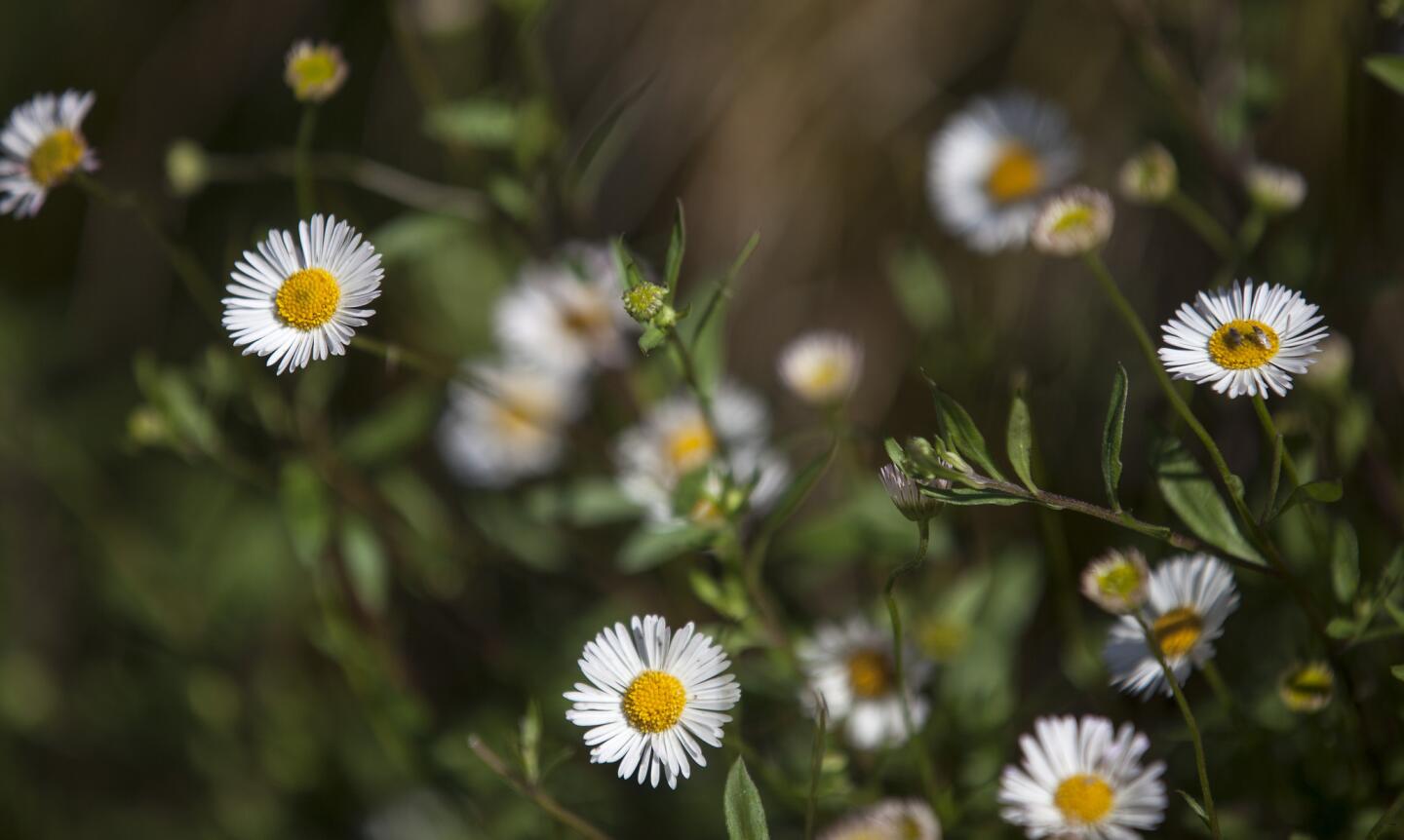
Erigeron karvinskianus (Santa Barbara daisy) blooms in Brentwood. (Brian van der Brug / Los Angeles Times)
Advertisement
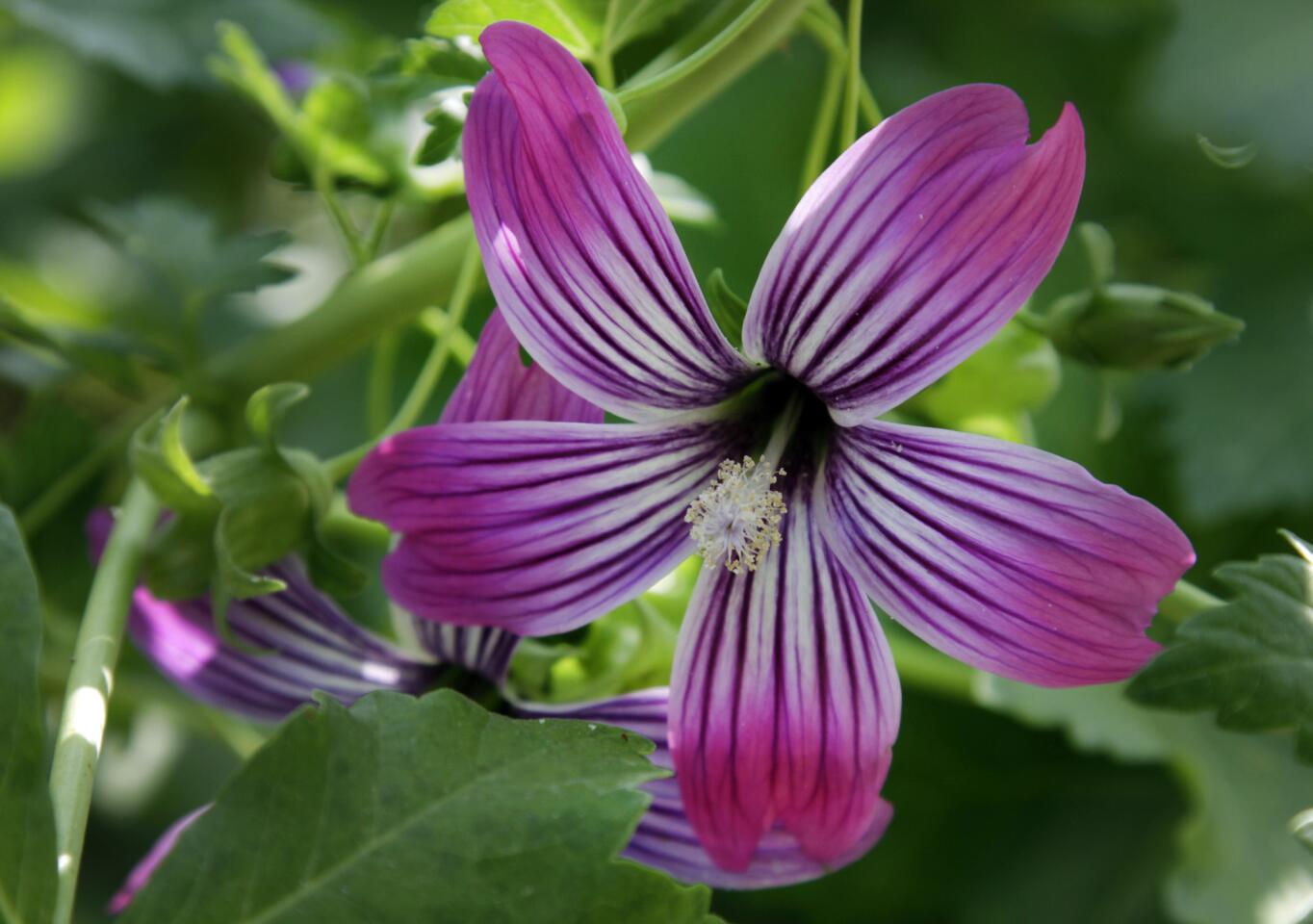
The Tree Mallow “Malva Rosa” blooms in Pasadena. (Lawrence K. Ho / Los Angeles Times)
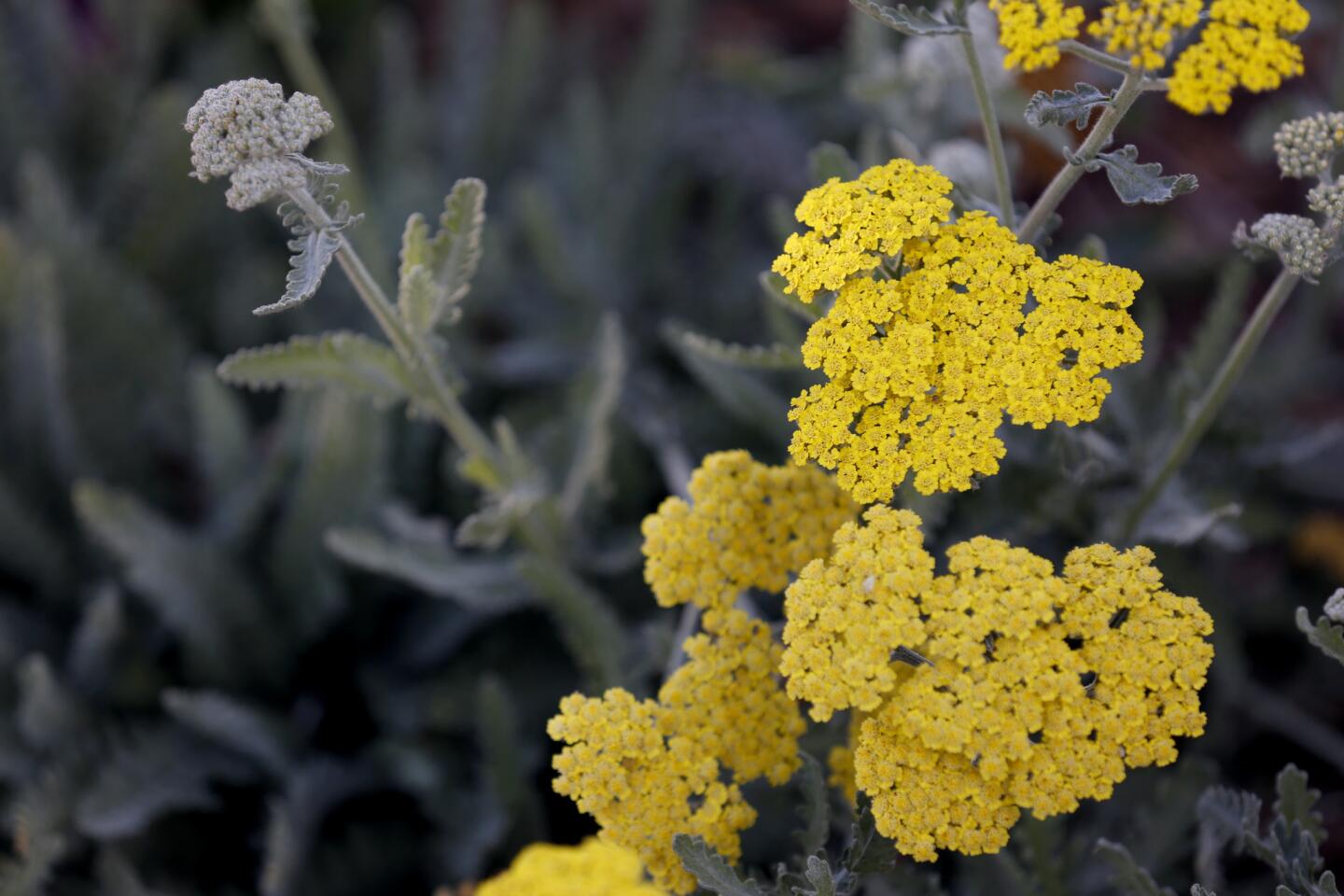
Yellow yarrow attracts butterflies. (Francine Orr / Los Angeles Times)
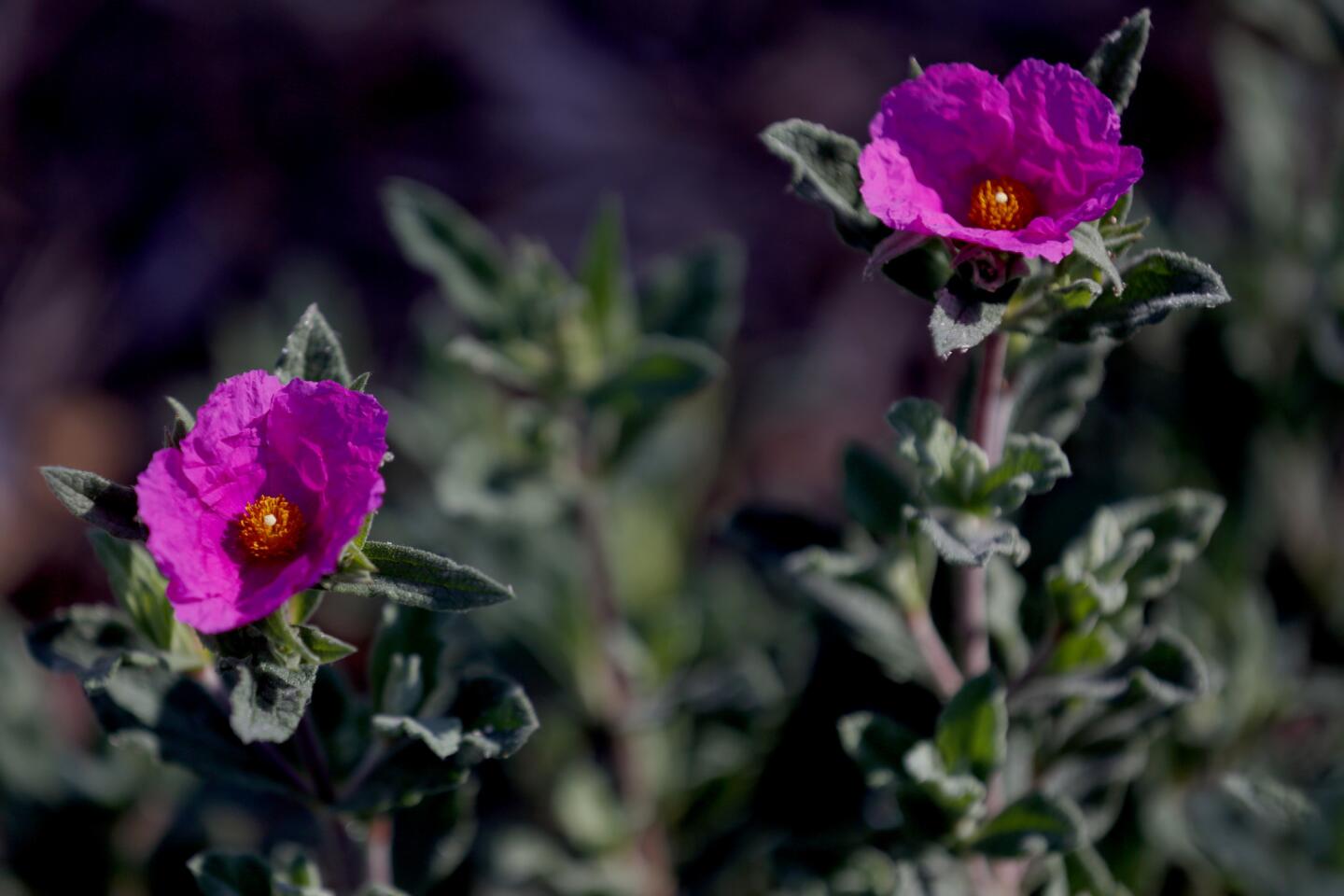
Rockroses. (Francine Orr / Los Angeles Times)
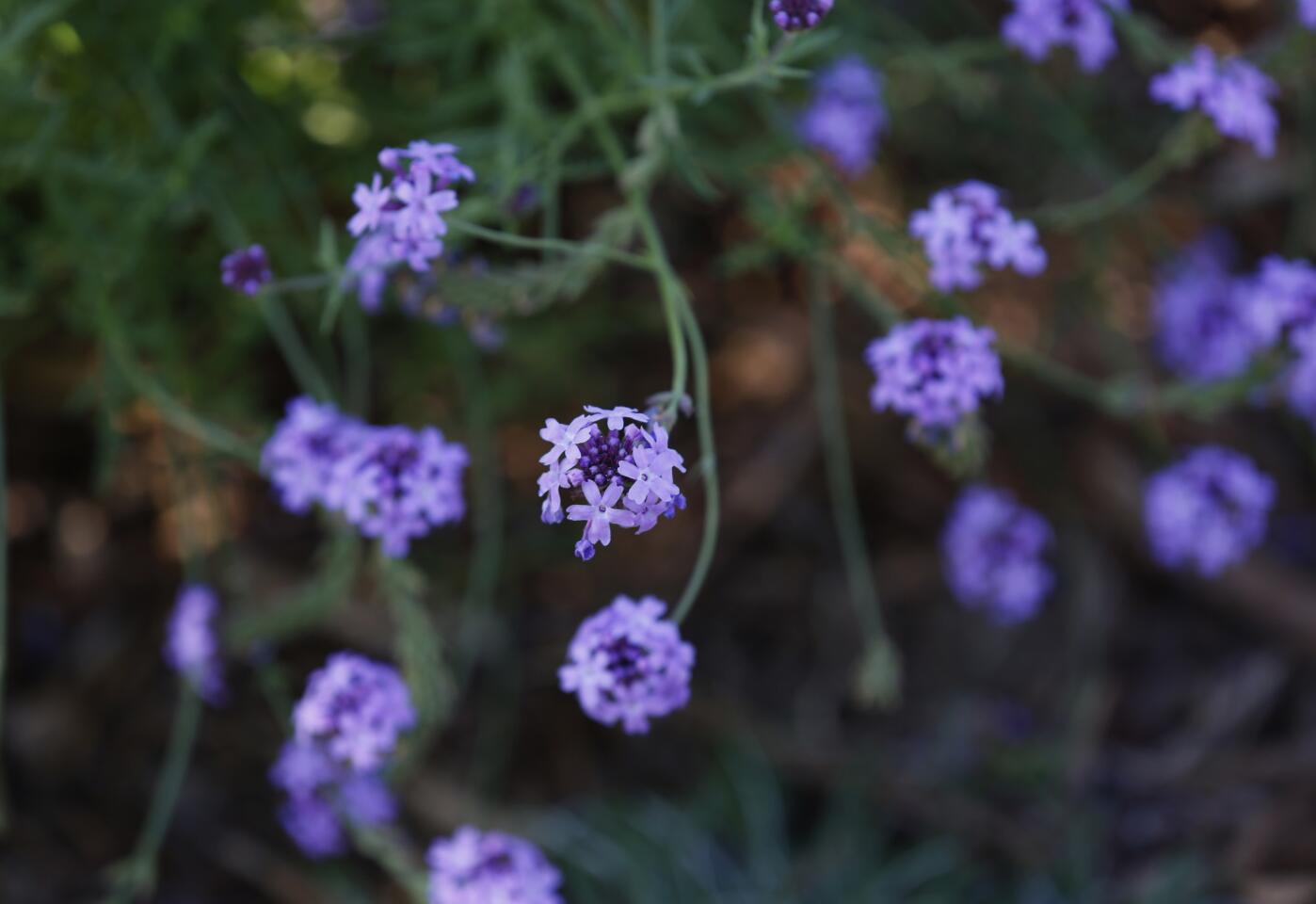
Drought tolerant lilac verbena.
(Francine Orr / Los Angeles Times)Advertisement
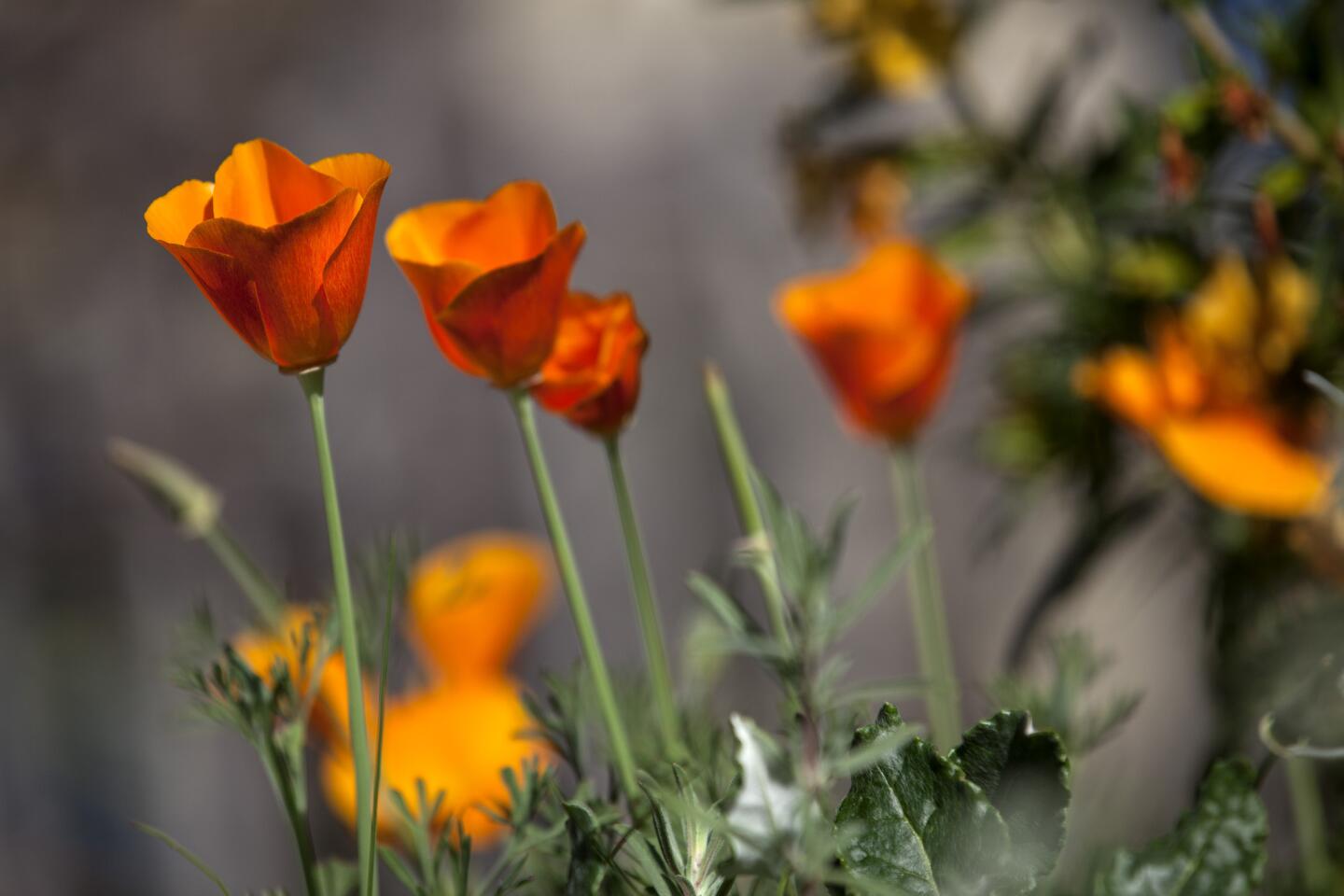
The beloved California Poppy.
(Brian van der Brug / Los Angeles Times)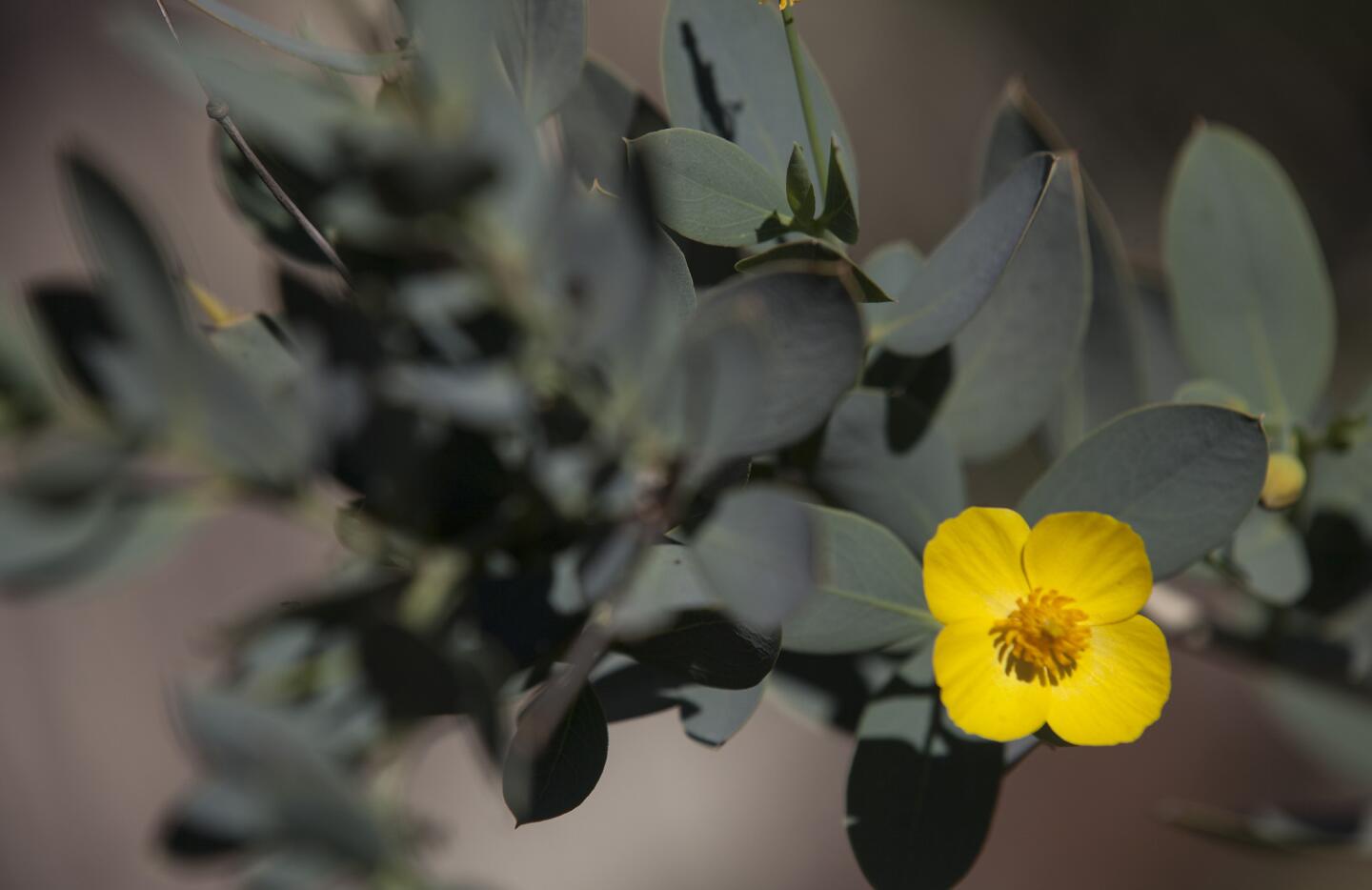
Dendromecon harfordii. (Brian van der Brug / Los Angeles Times)
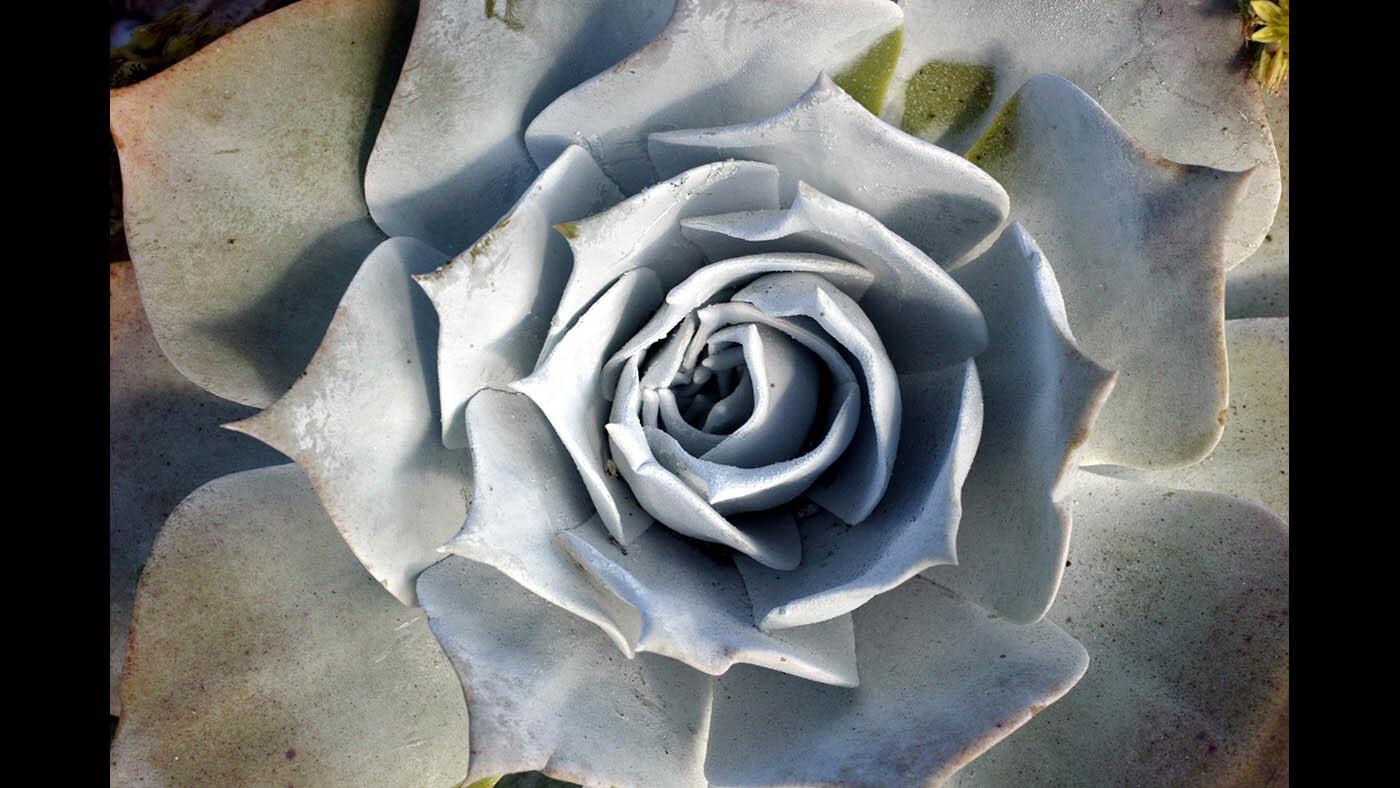
A Dudleya succulent perennial. The plant’s fleshy leaves are covered with a chalky powder. (Carlos Chavez / Los Angeles Times)
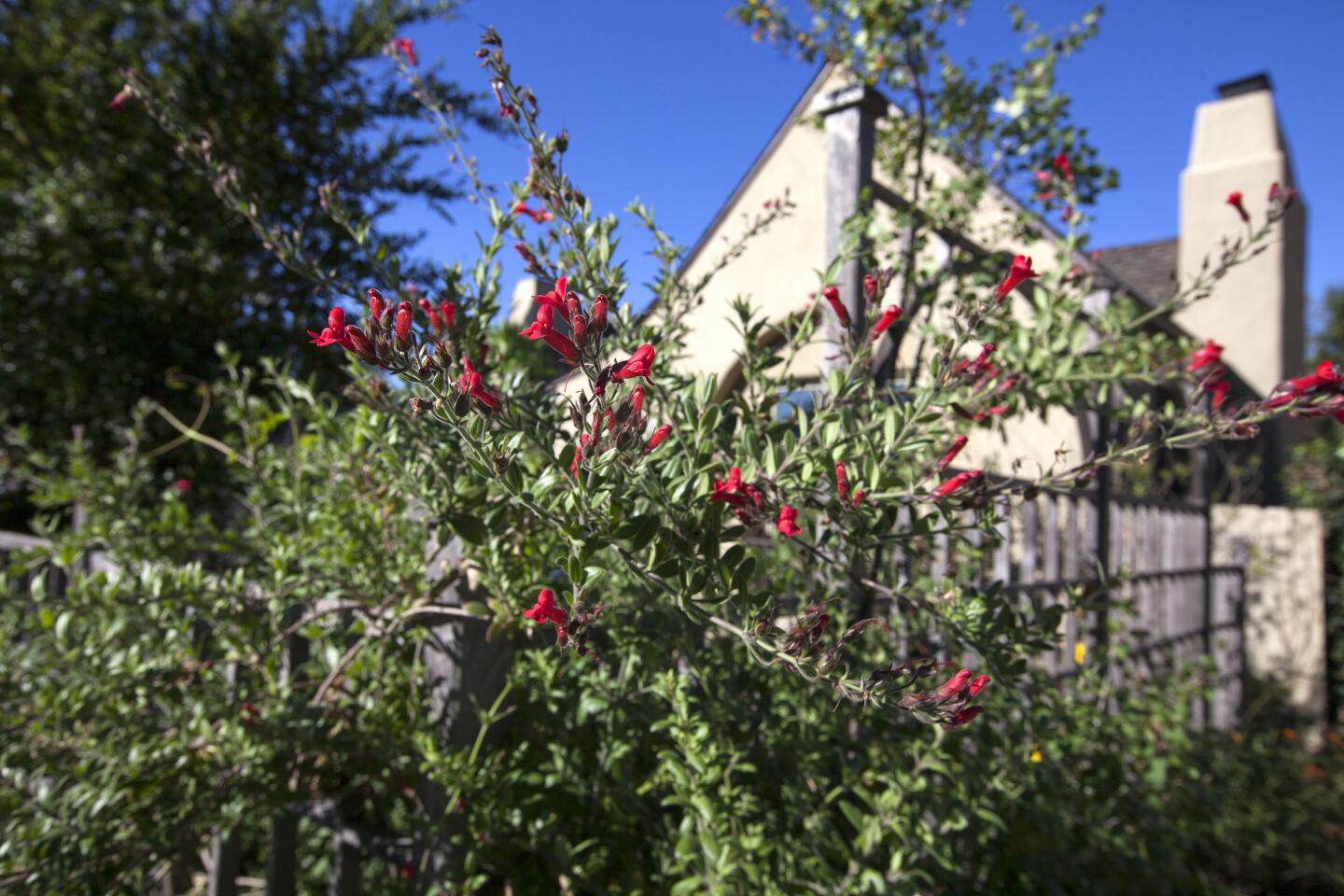
Galvezia speciosa commonly known as Showy Island Snapdragon. (Brian van der Brug / Los Angeles Times)
Advertisement
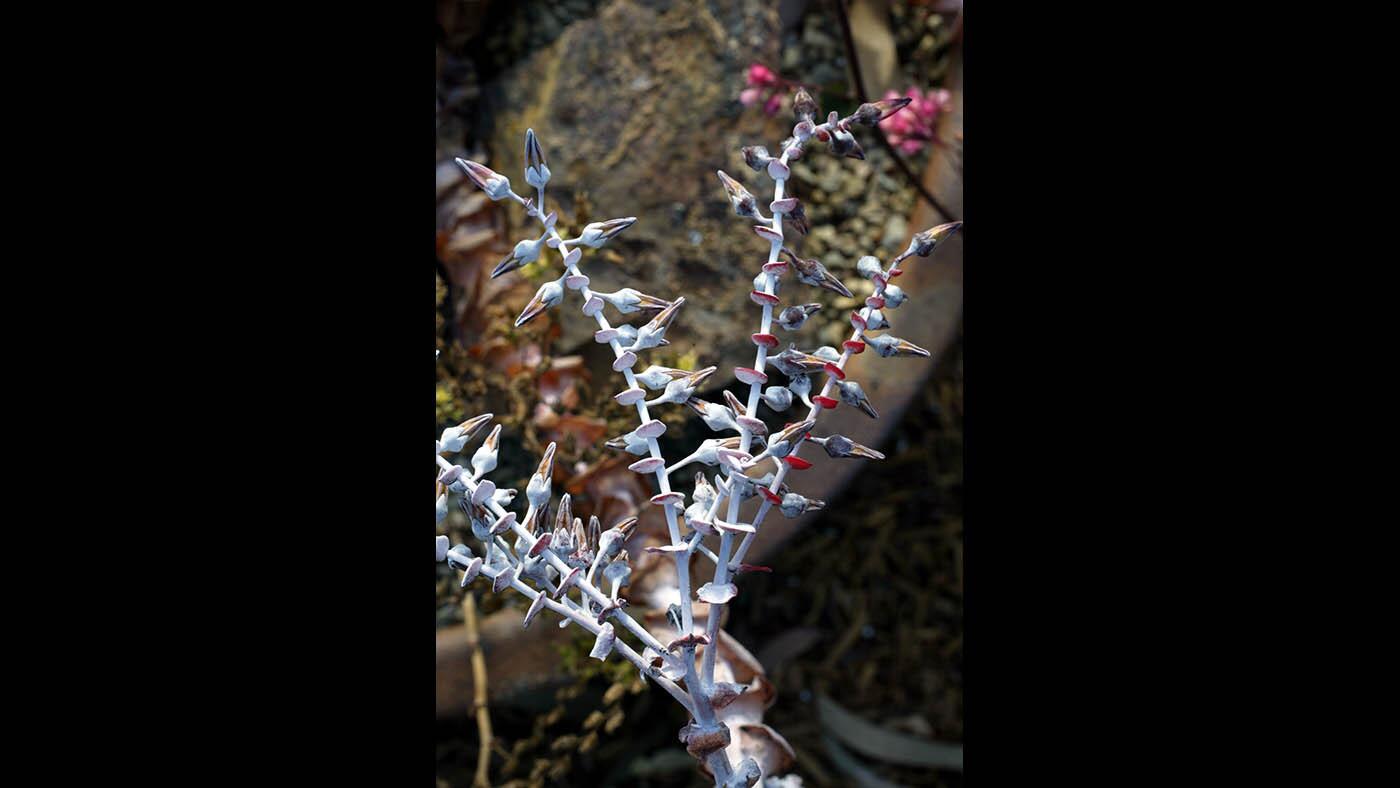
A branch from a Dudleya plant. When the plants flourish in spring, they grow reddish stalks and small, yellow flowers. (Carlos Chavez / Los Angeles Times)
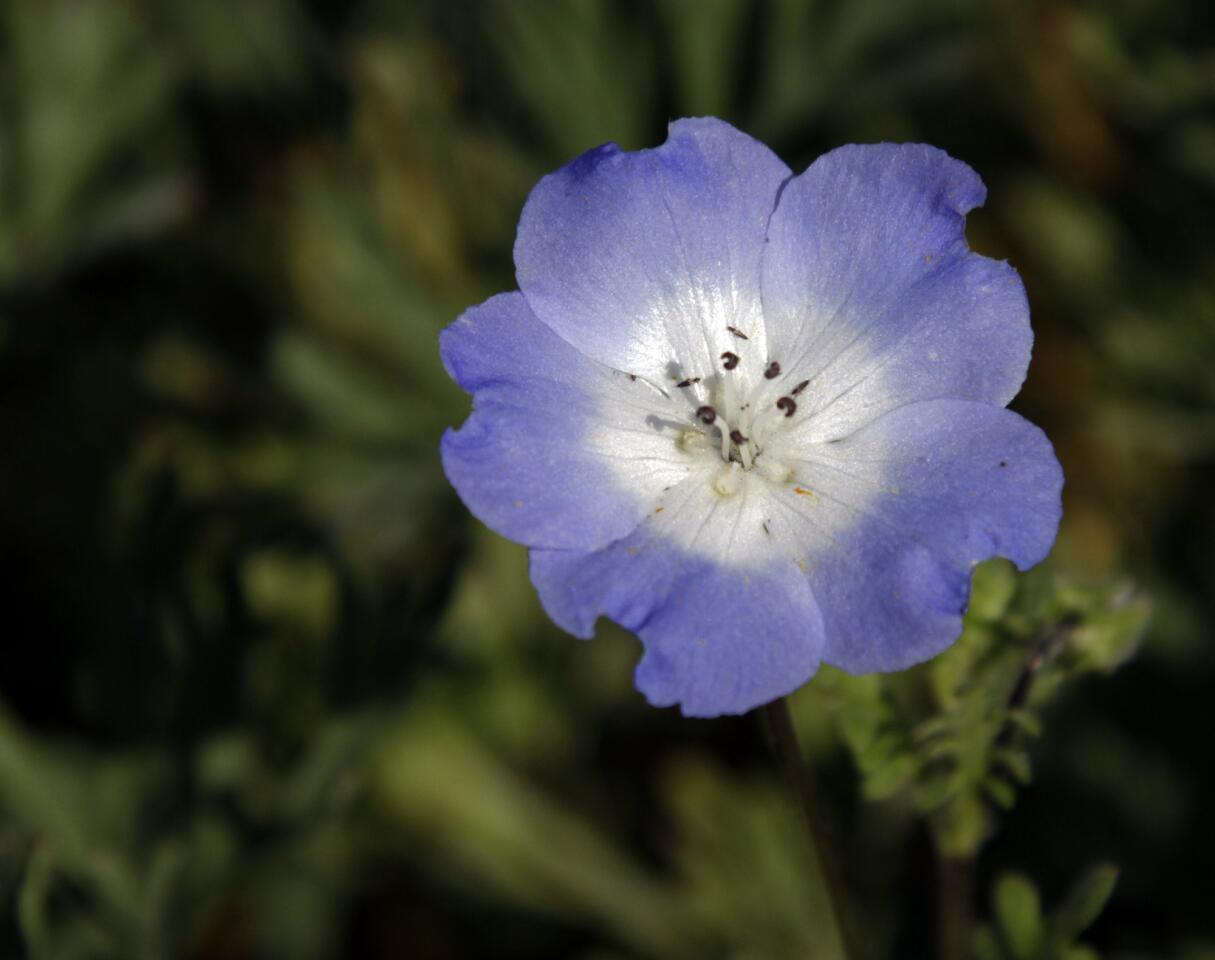
Baby Blue Eyes. (Lawrence K. Ho / Los Angeles Times)
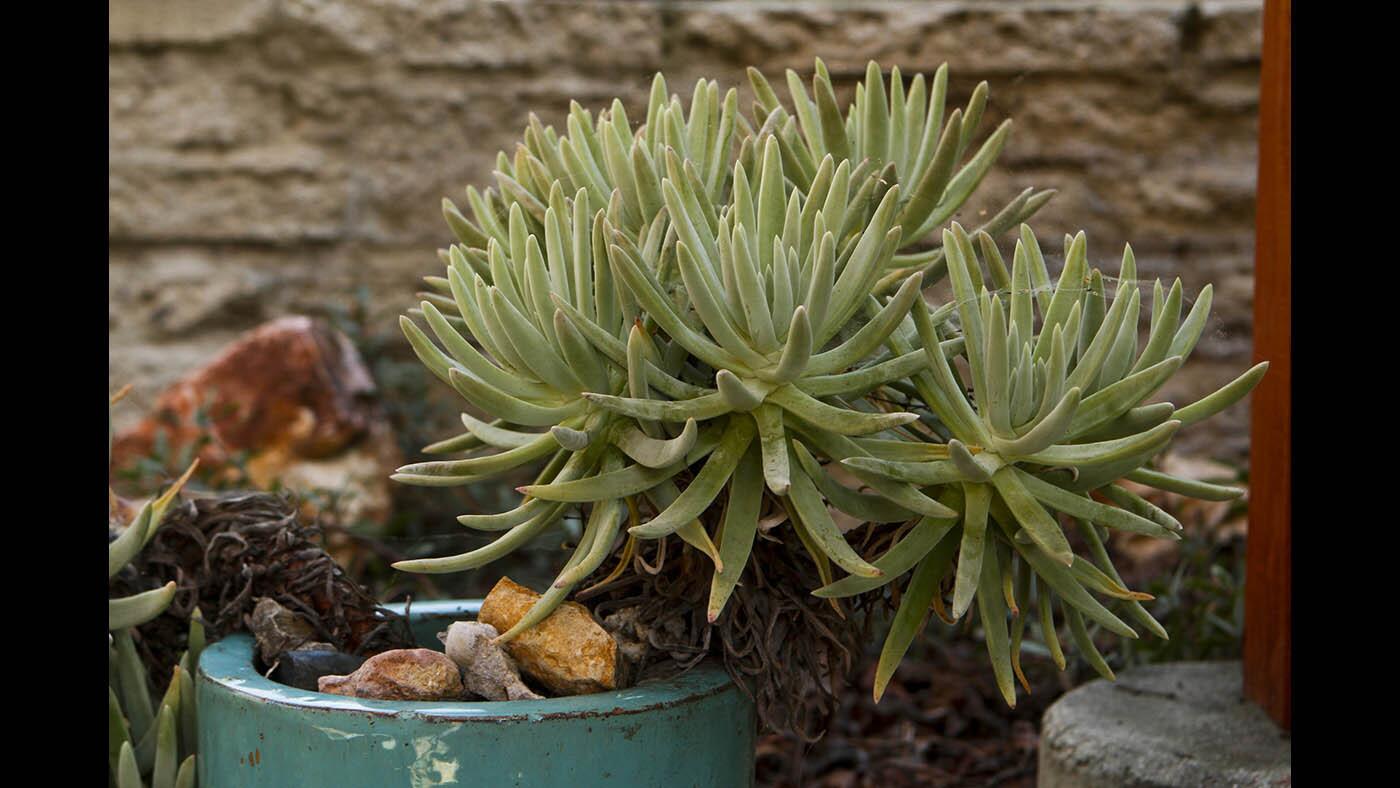
Another type of Dudleya, a plant native to California, Arizona, Oregon and Baja California, is shown growing in a planter. The succulent requires moderate water and lots of sun. (Anne Cusack / Los Angeles Times)
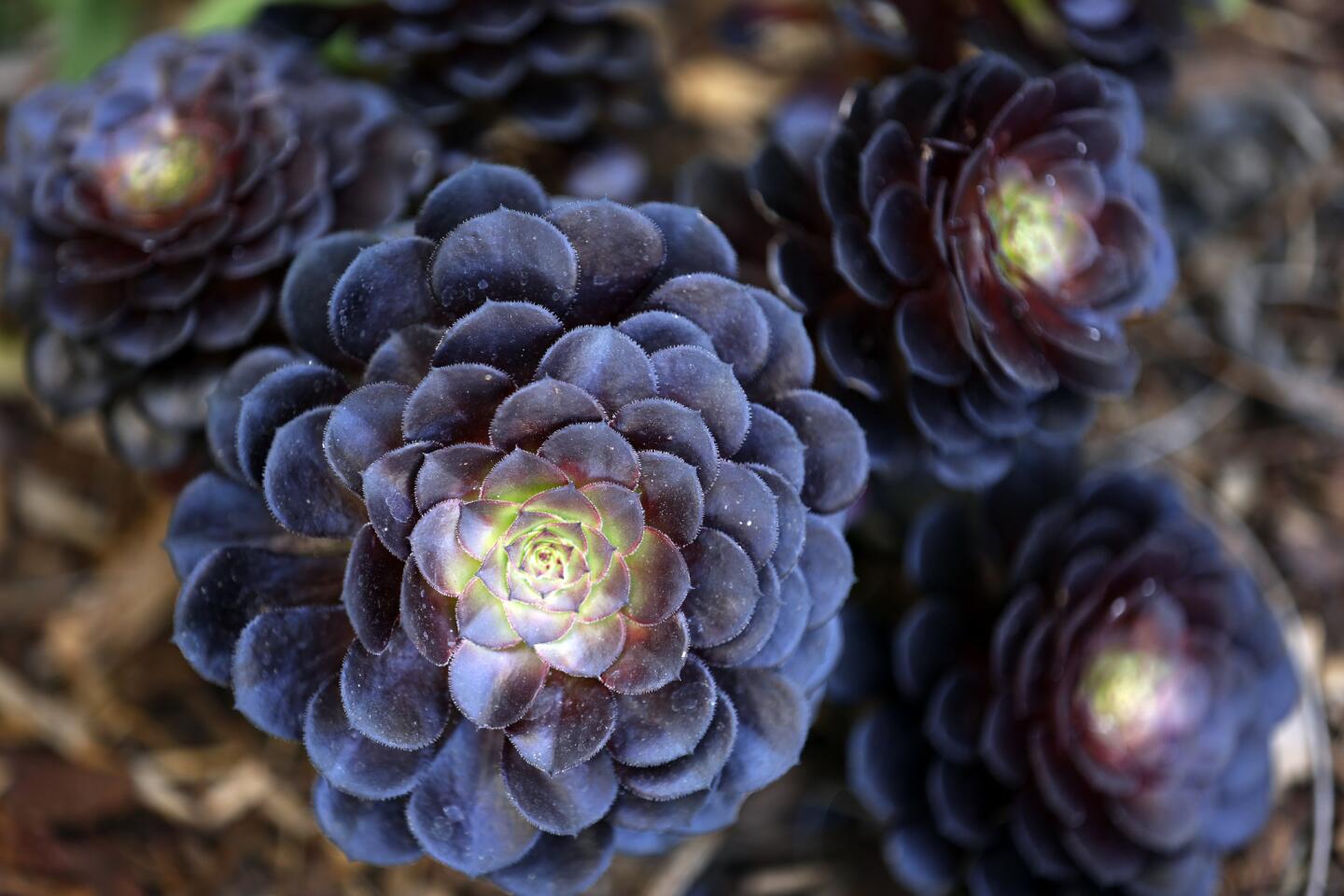
Rose-shaped black echeveria succulents. (Francine Orr / Los Angeles Times)
Advertisement
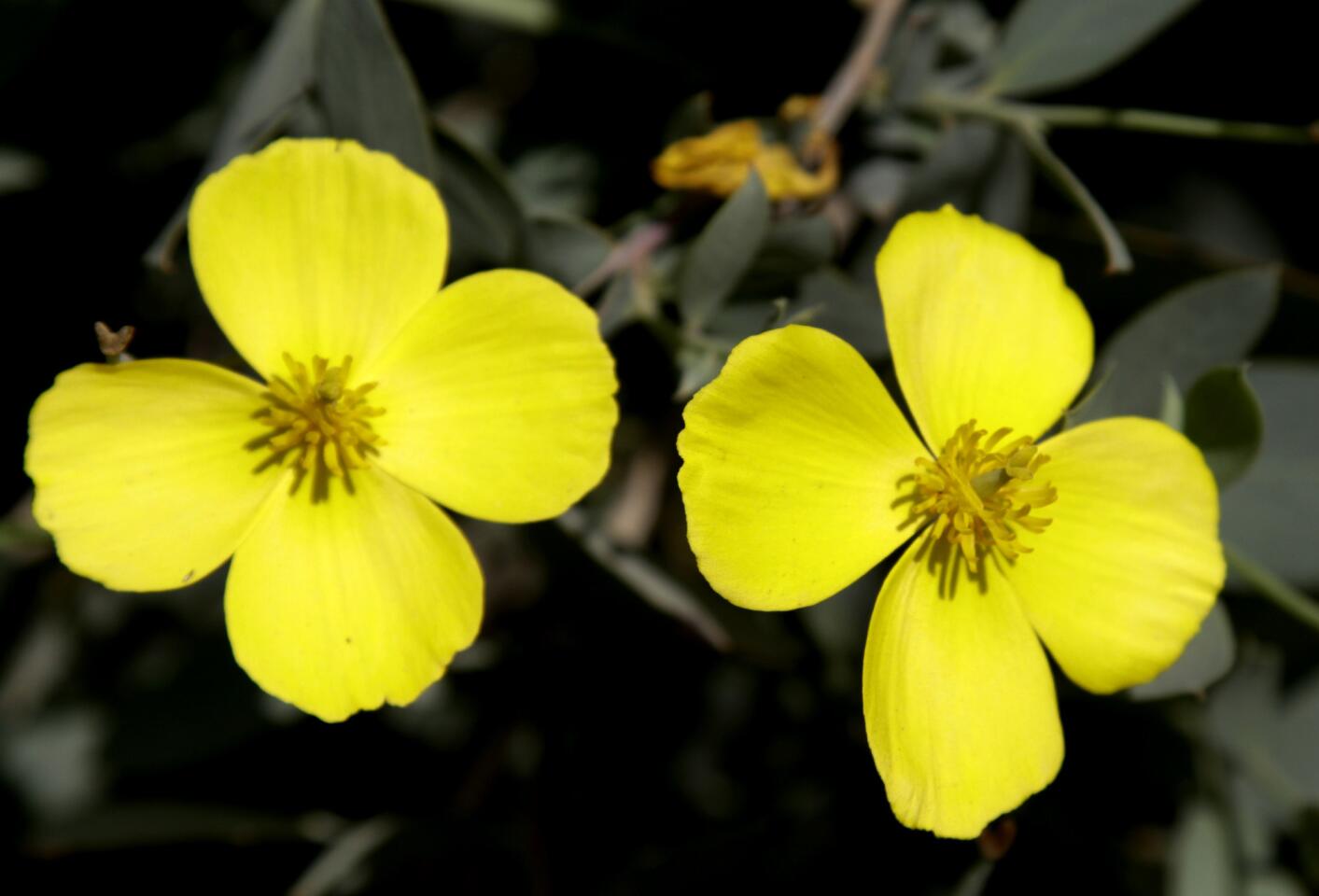
Channel Island bush poppy. (Lawrence K. Ho / Los Angeles Times)
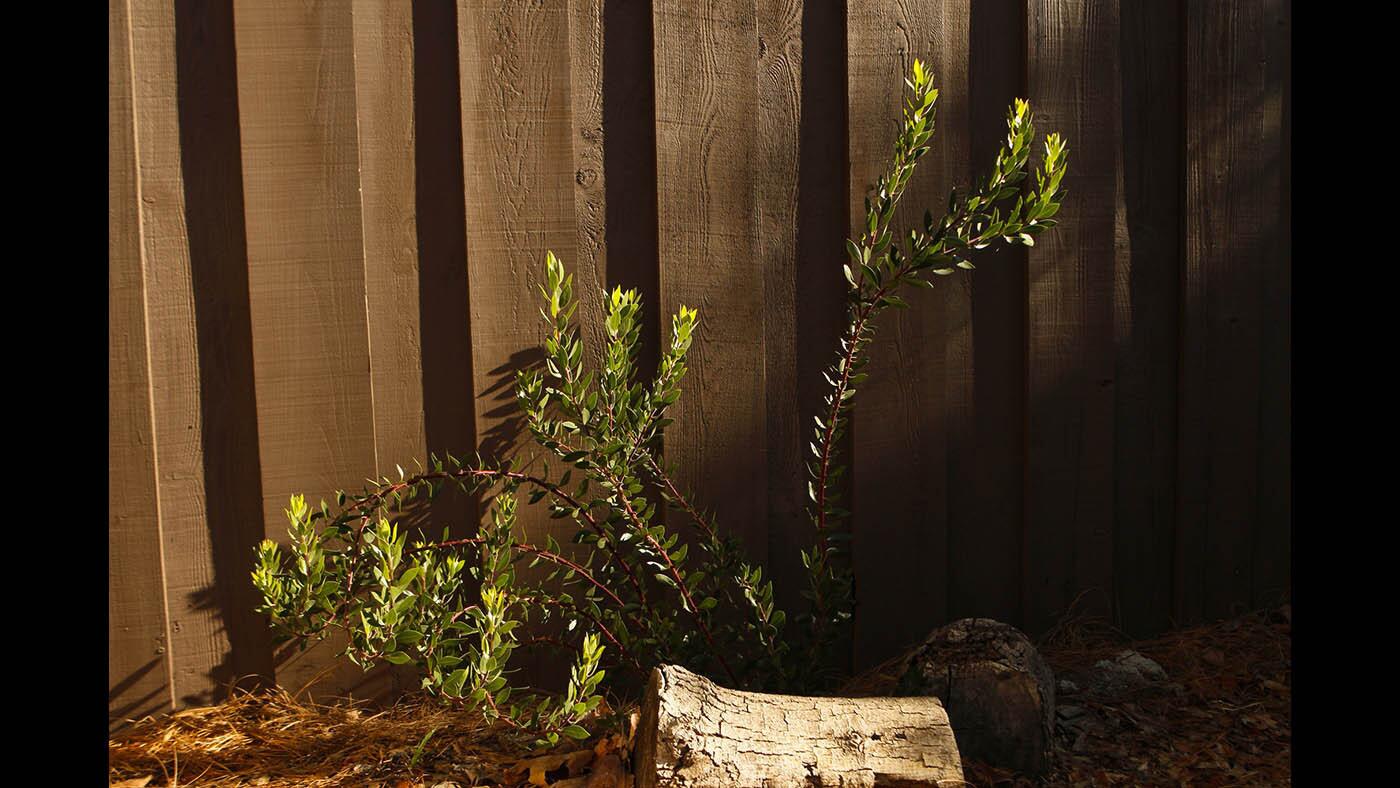
A common manzanita will bloom with white flowers. The flowers give rise to berrylike fruits that attract birds. (Anne Cusack / Los Angeles Times)
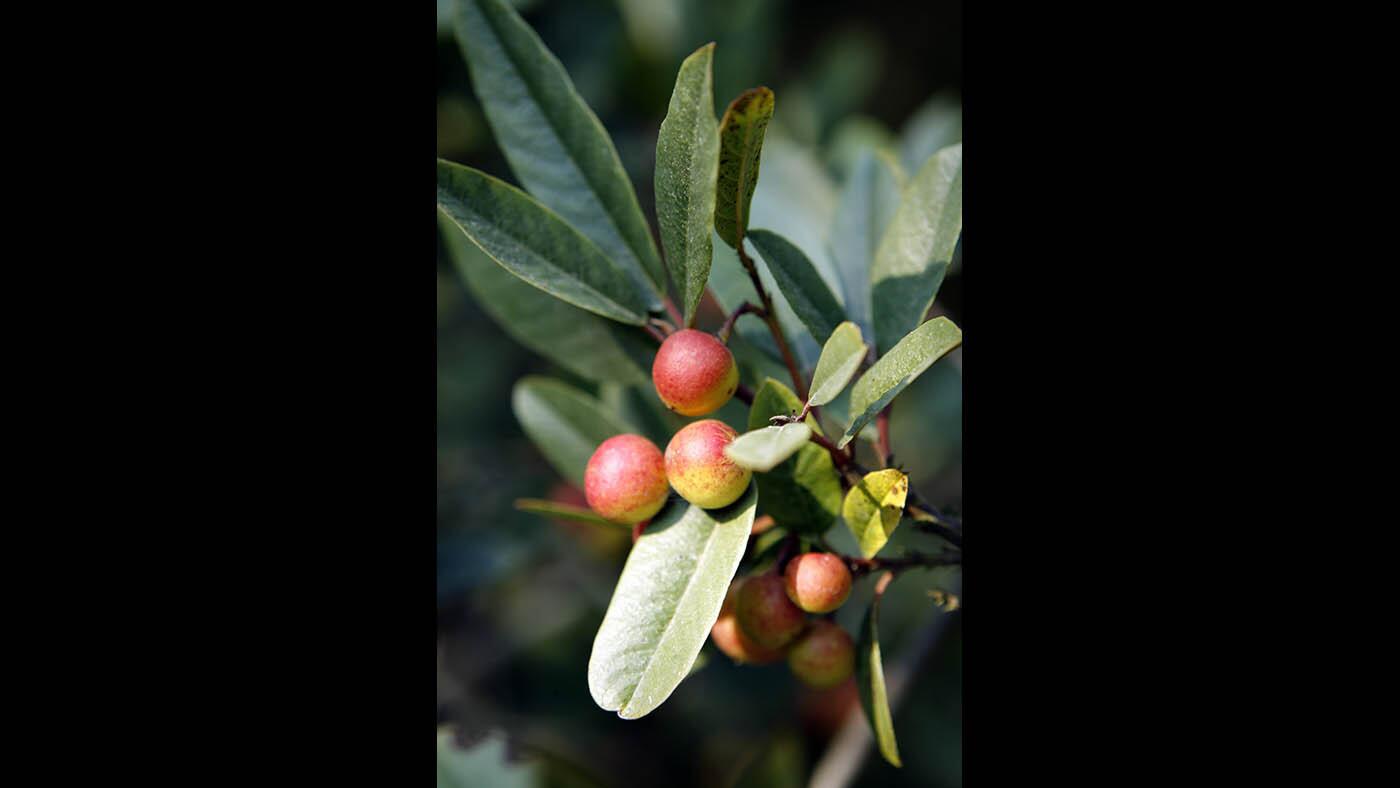
The fruit from a coffeeberry bush attract bees. Such established plants do not require irrigation, but look better with moderate watering. (Myung J. Chun / Los Angeles Times)
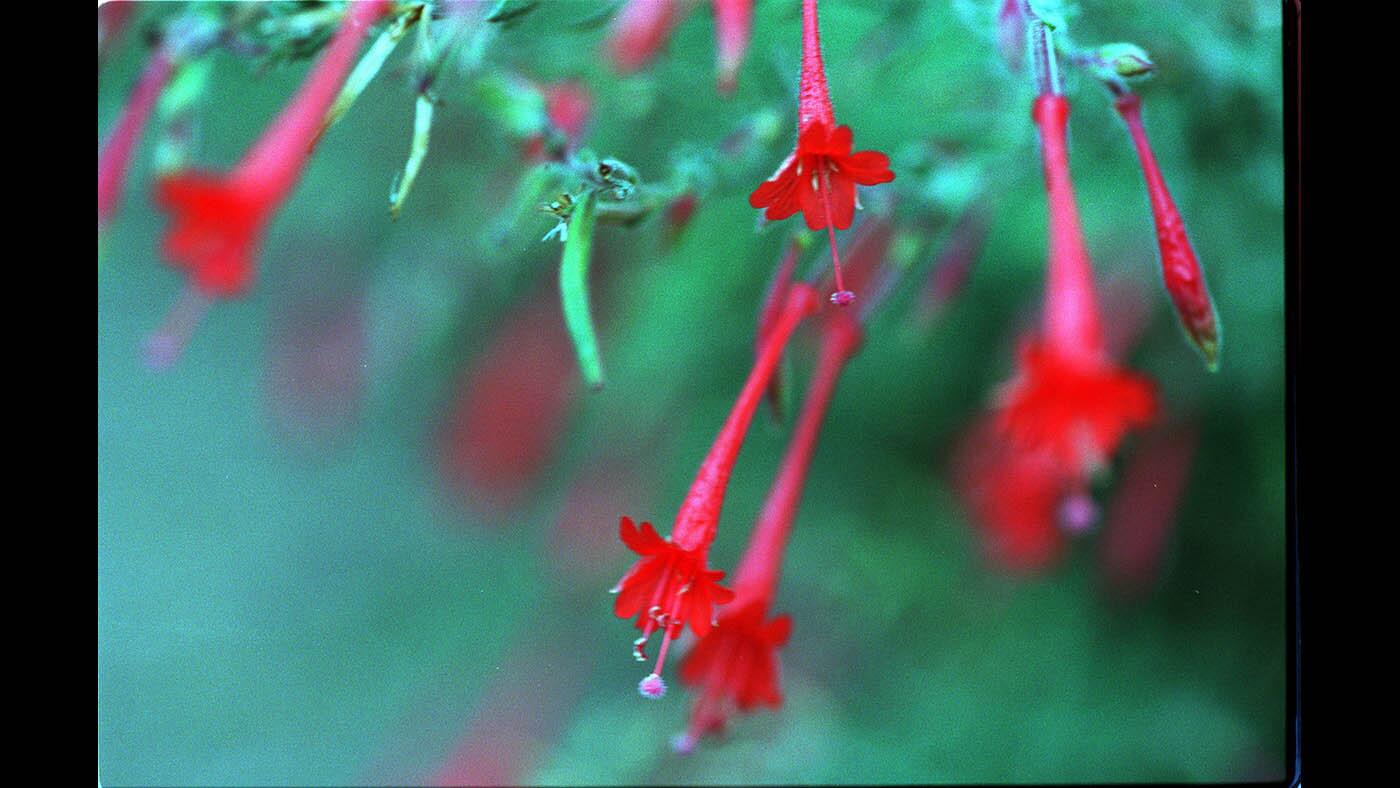
Hummingbirds and butterflies love Zauschneria, or California fuchsia. The plant blooms in late summer or fall and generally requires little to moderate water. (Iris Schneider / Los Angeles Times)
Advertisement
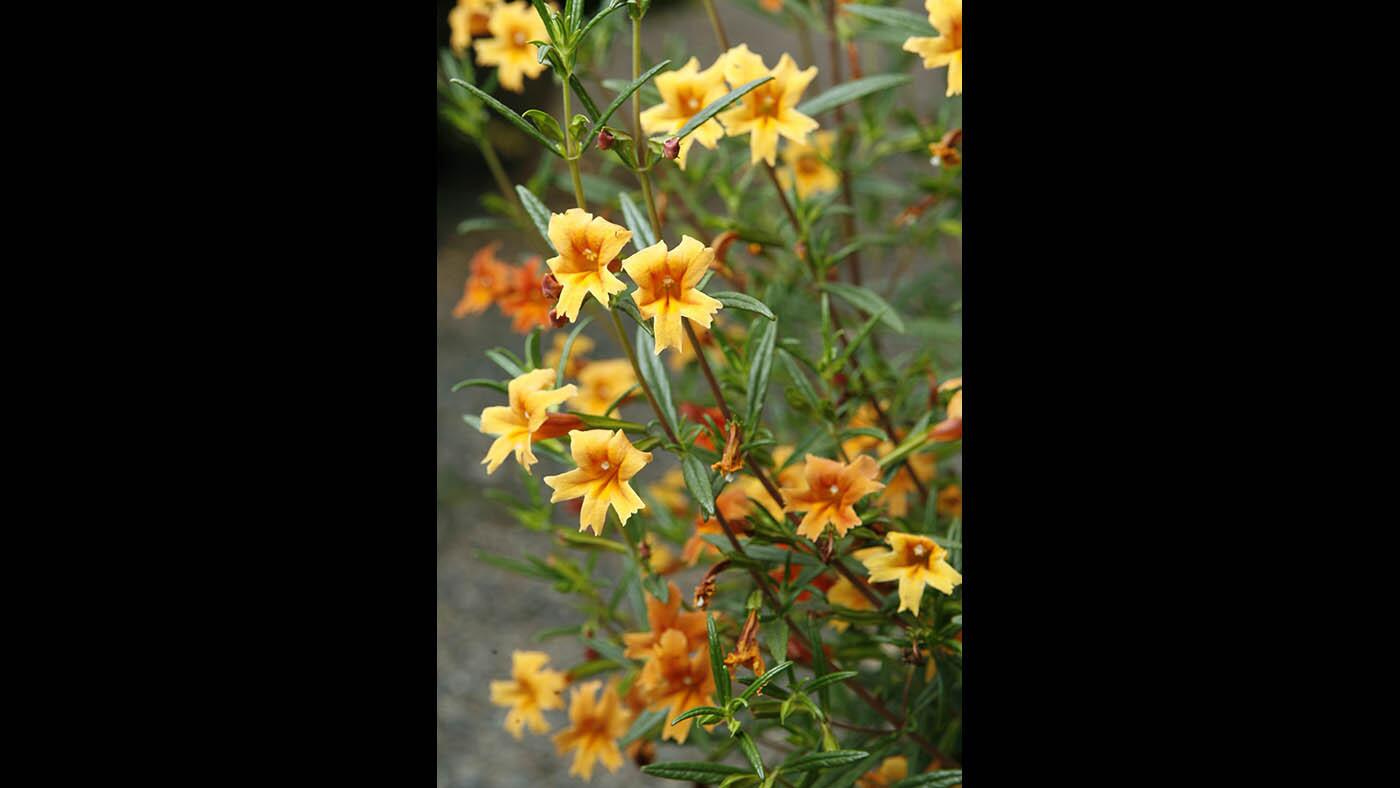
Monkey flower growing in a pot. The flowers, which attract hummingbirds, are said to resemble a grinning monkey. (Myung J. Chun / Los Angeles Times)
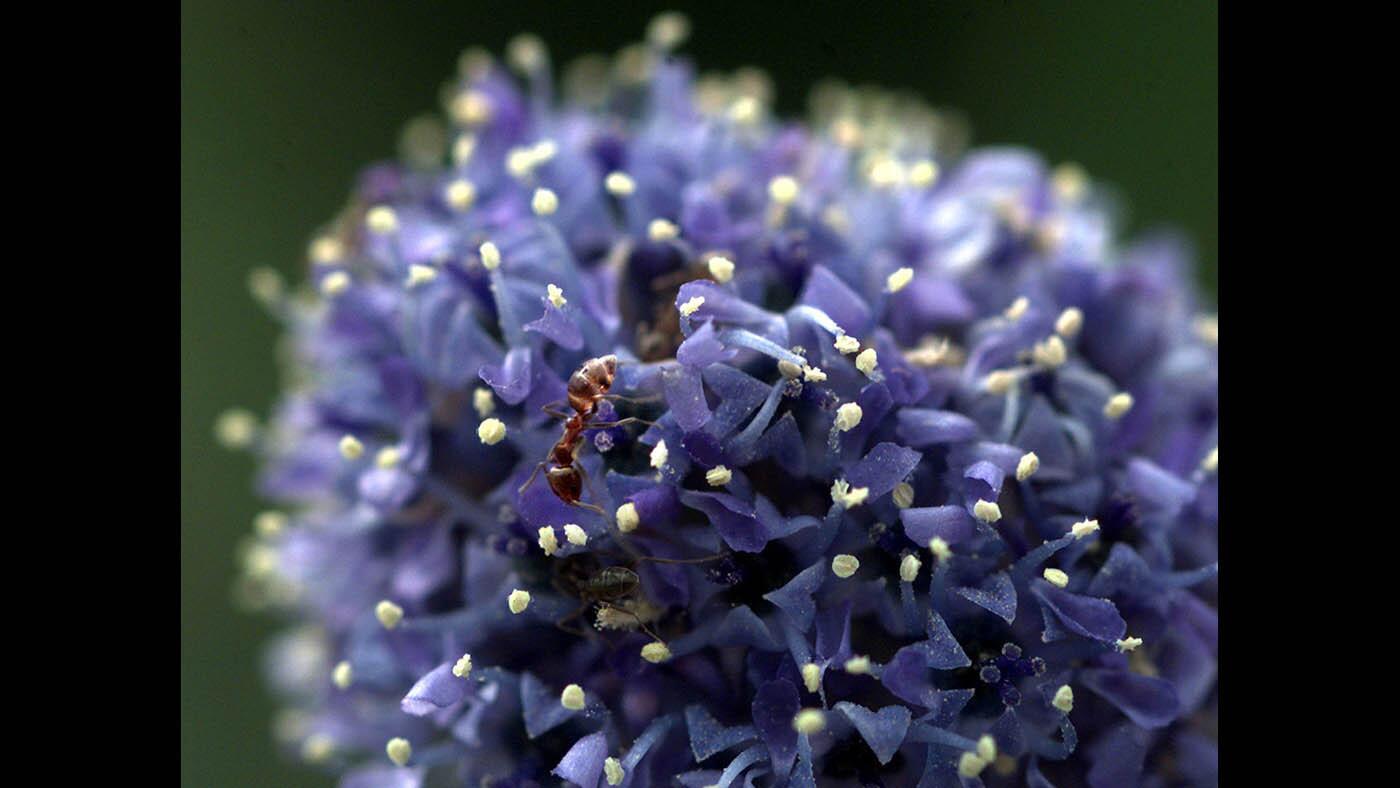
An ant crawls across the bud of a California lilac. In winter and spring, lilacs turn western hillsides blue. (Mark Boster / Los Angeles Times)
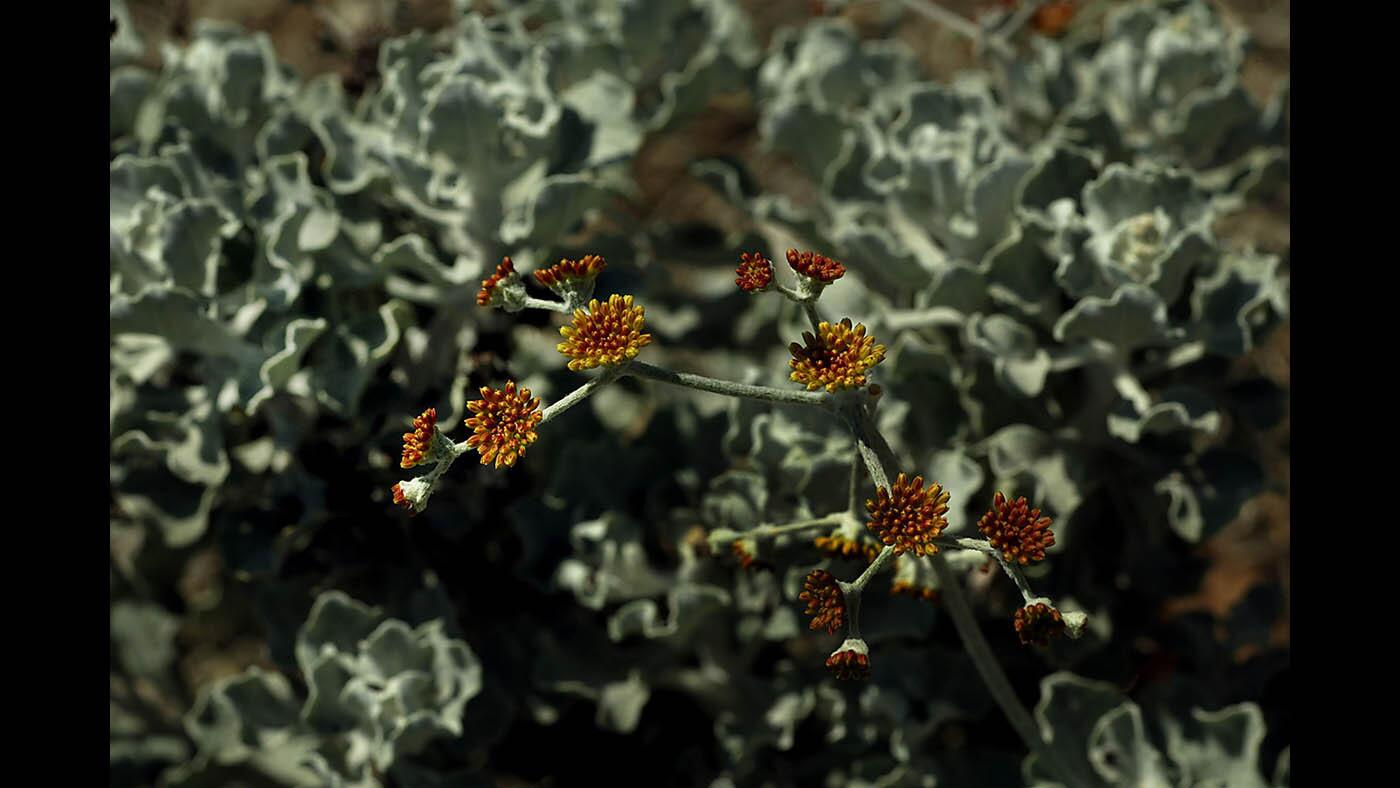
Gray buckwheat grows in long stalks with tiny blossoms. Buckwheat is native to most of the West and California coast. (Anne Cusack / Los Angeles Times)
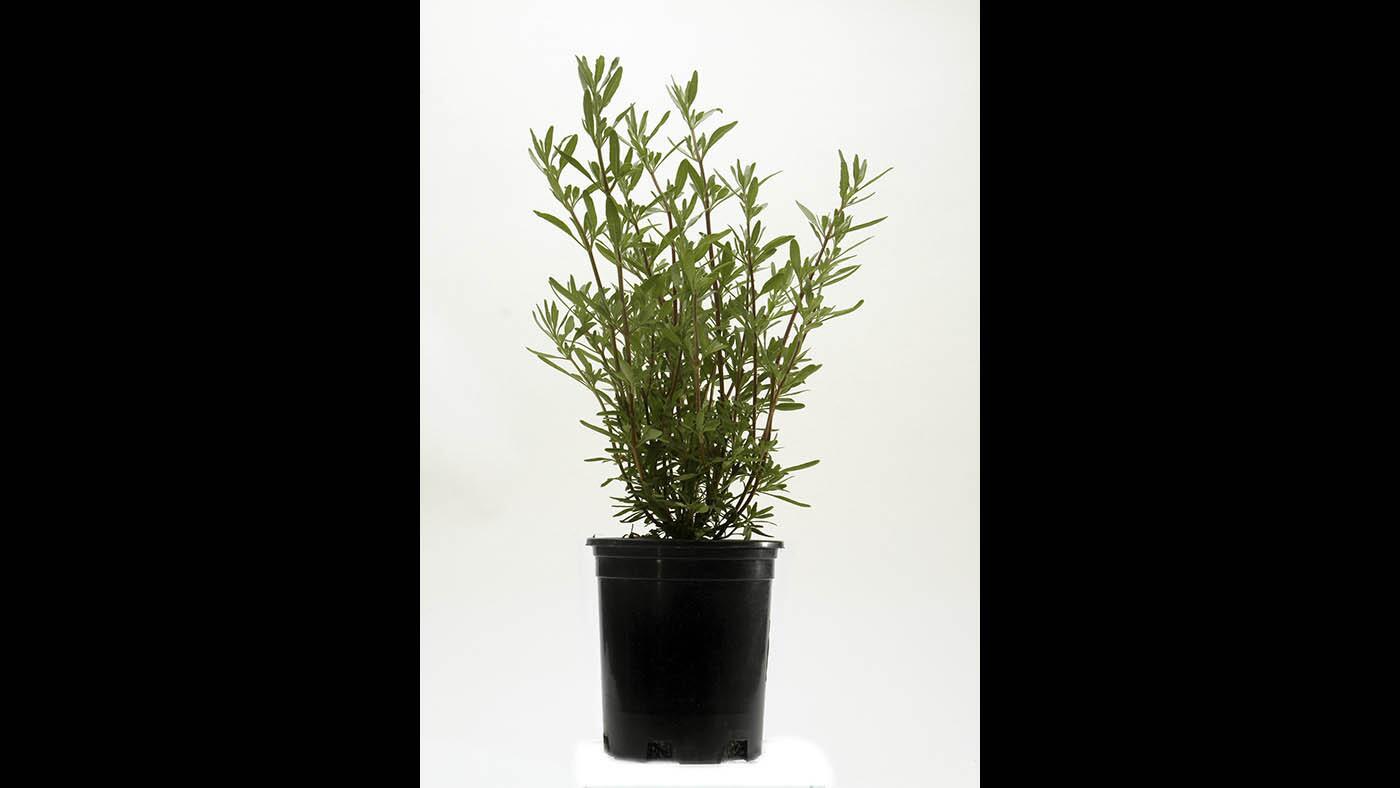
Drought-tolerant Cleveland sage or California blue sage, a low-water California native, will grow blue flowers in the summer. (Mark Boster / Los Angeles Times)
Advertisement
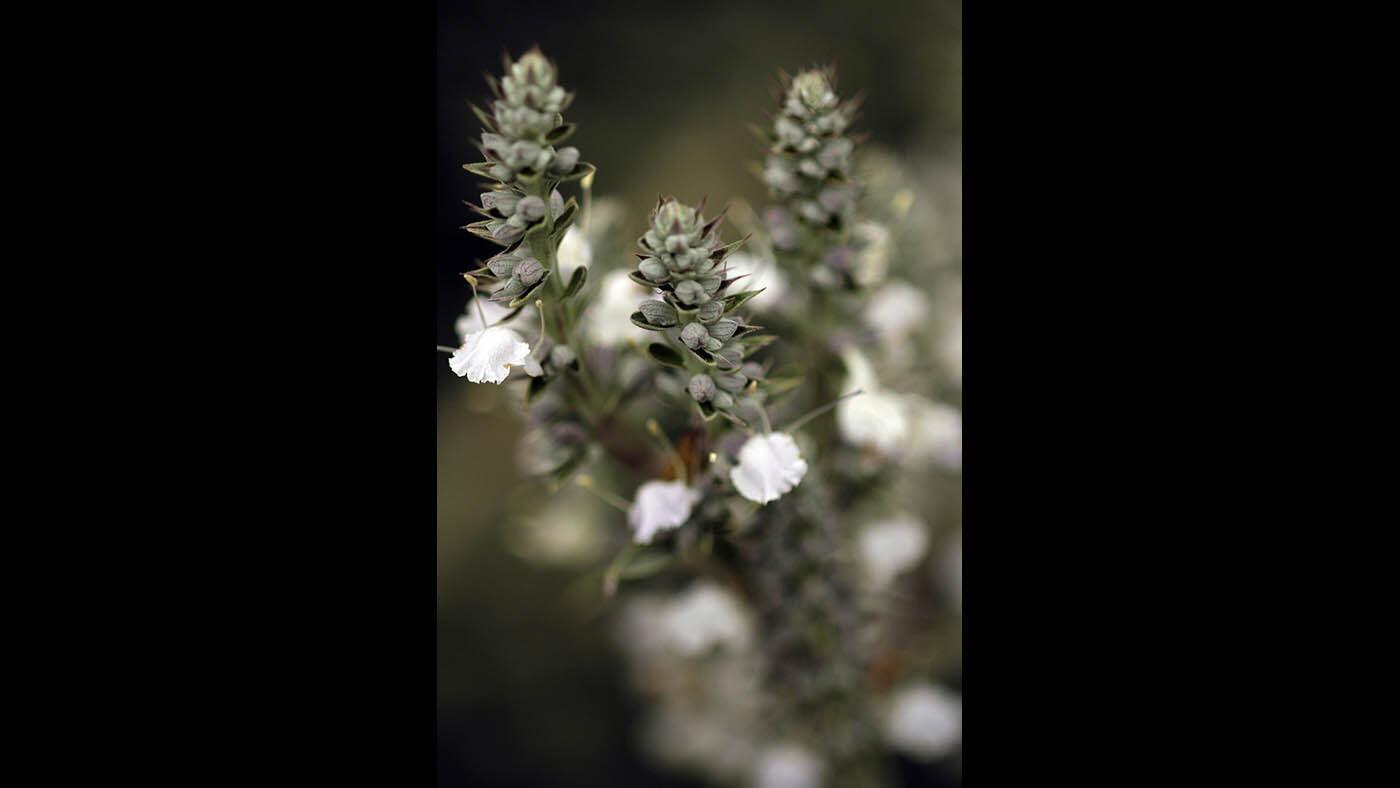
White sage or bee sage (Salvia apiana) is an evergreen and drought-tolerant shrub native to Southern California. (Francine Orr / Los Angeles Times)
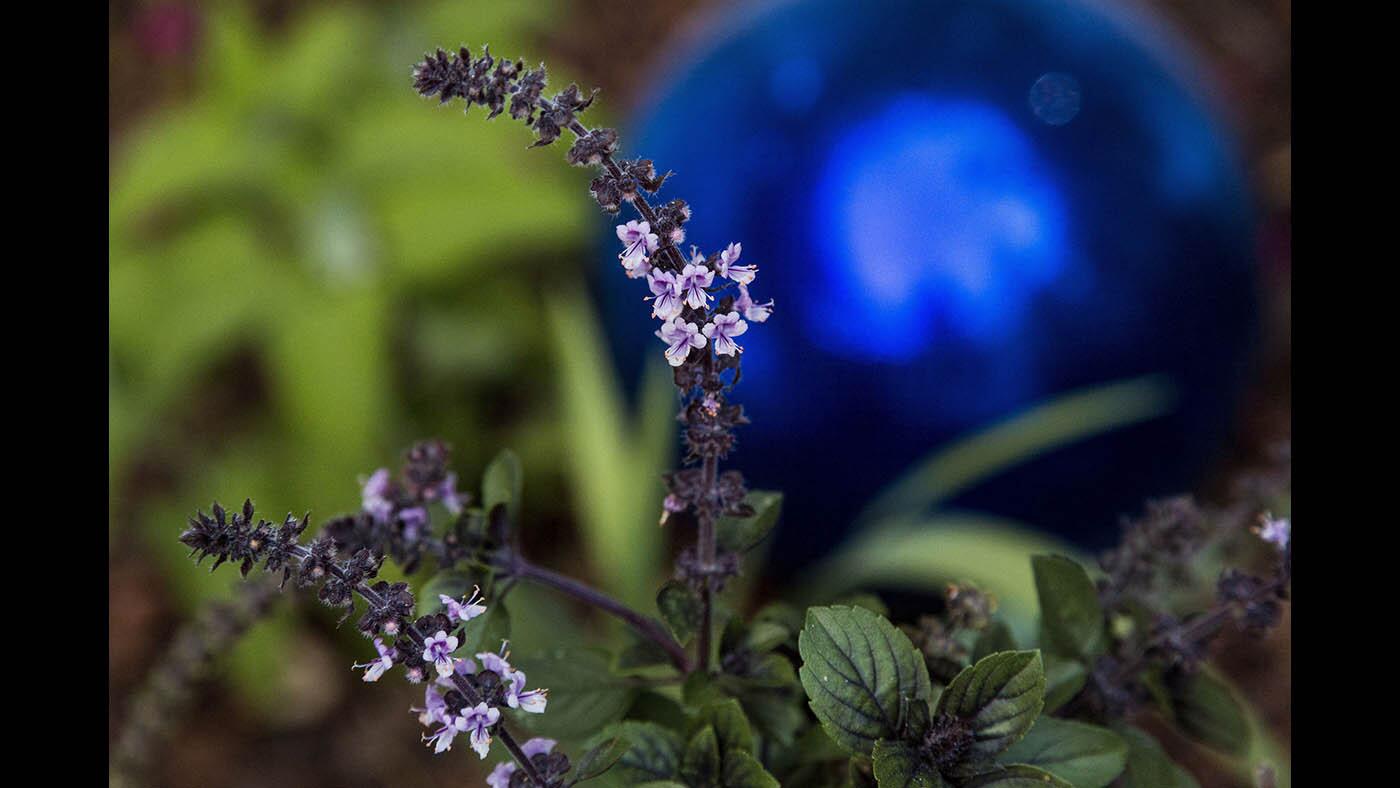
Sage flowers come in many varieties, belonging to the mint family. (Ricardo DeAratanha / Los Angeles Times)
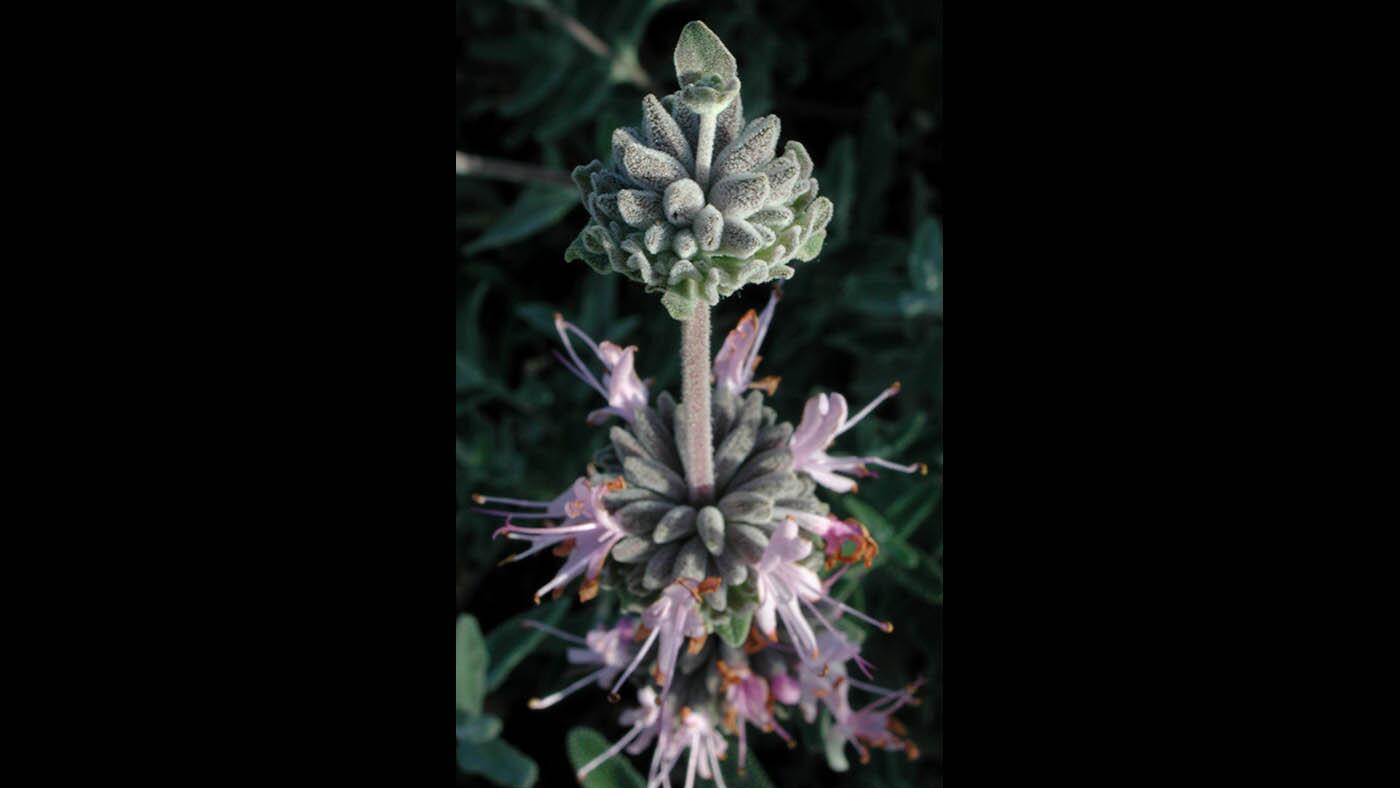
Flowers of a purple sage plant. (Myung J. Chun / Los Angeles Times)
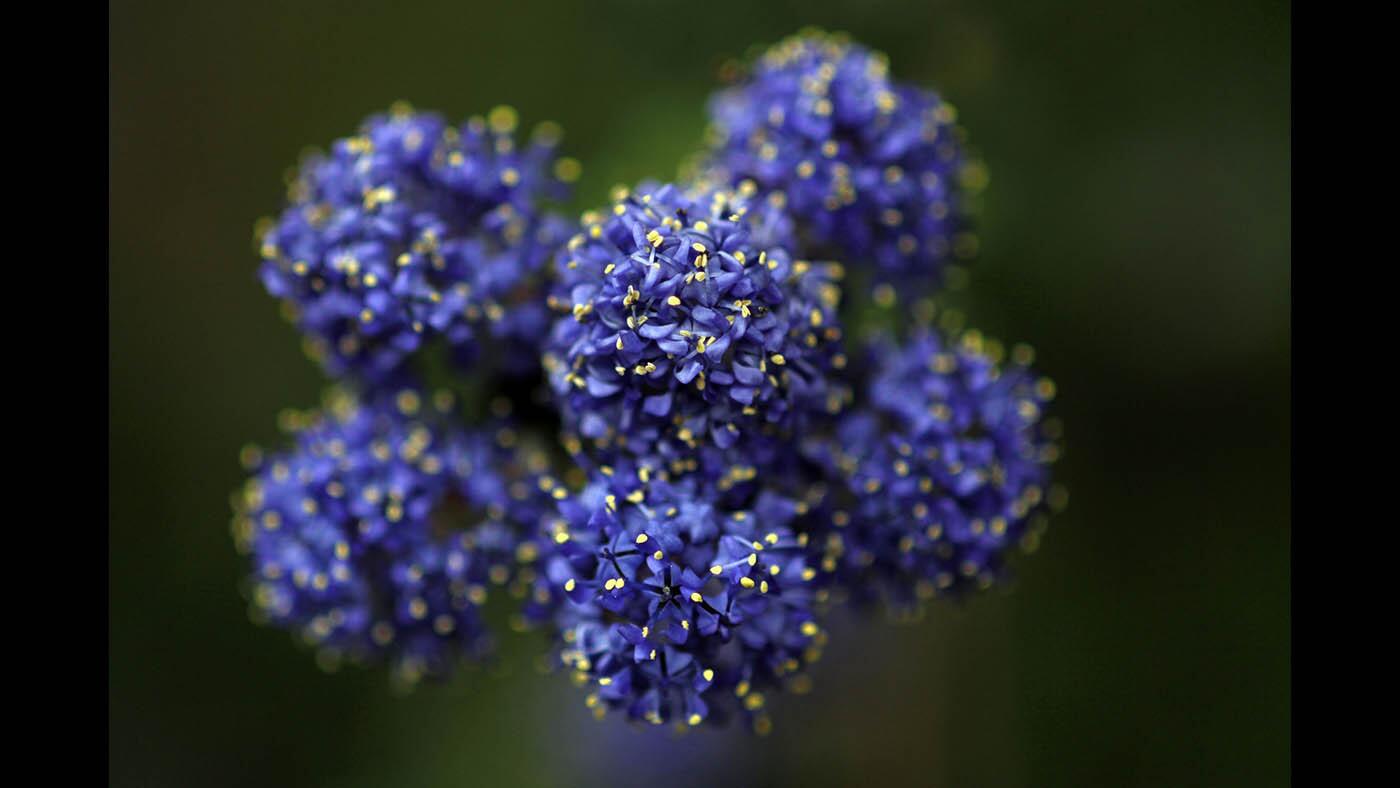
Ceanothus, also called ‘Dark Star,’ is another variety of lilac. (Francine Orr / Los Angeles Times)
Advertisement
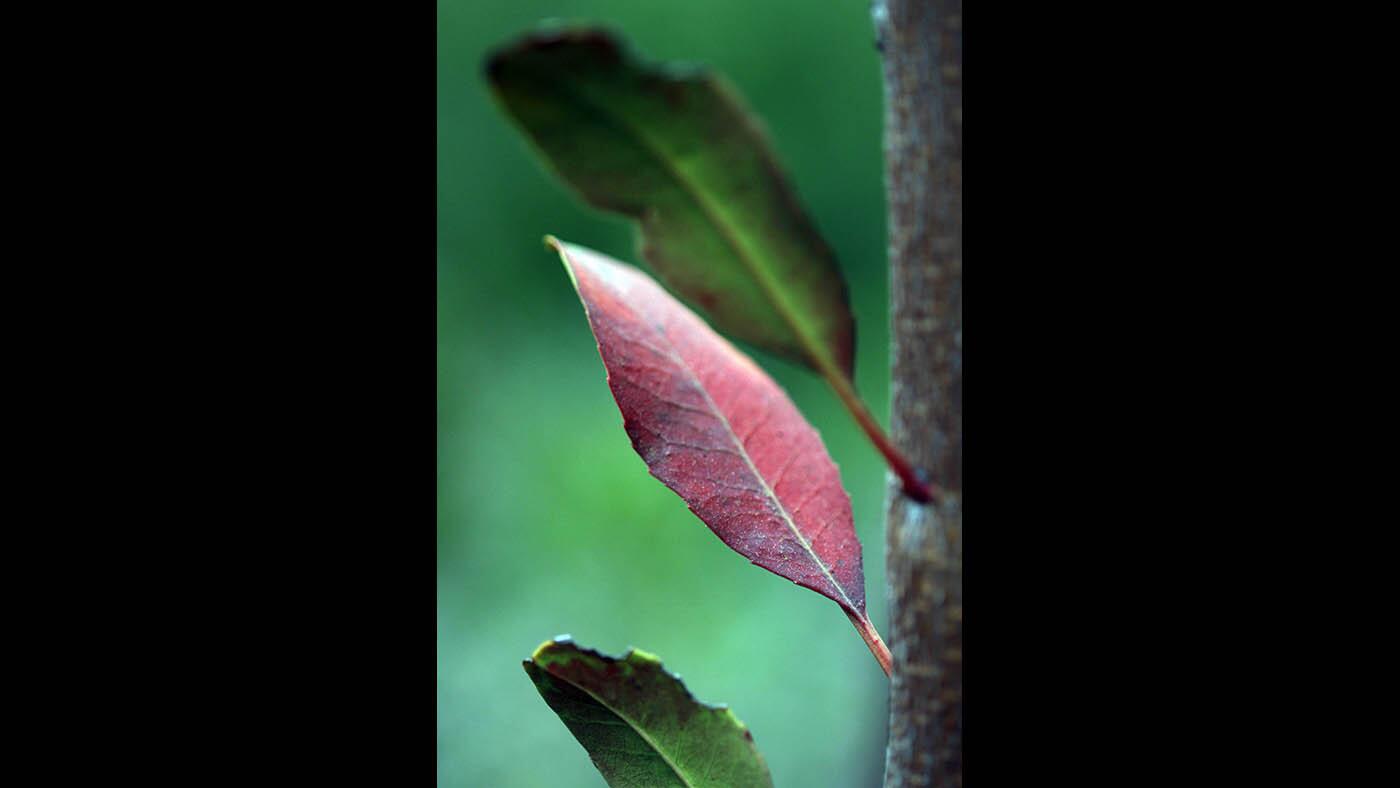
Toyon (Heteromeles arbutifolia), sometimes called California holly, is found in the Coast Ranges and Sierra Nevada foothills. The evergreen shrub produces bright red berries from fall and winter, which attract birds. (Francine Orr / Los Angeles Times)



